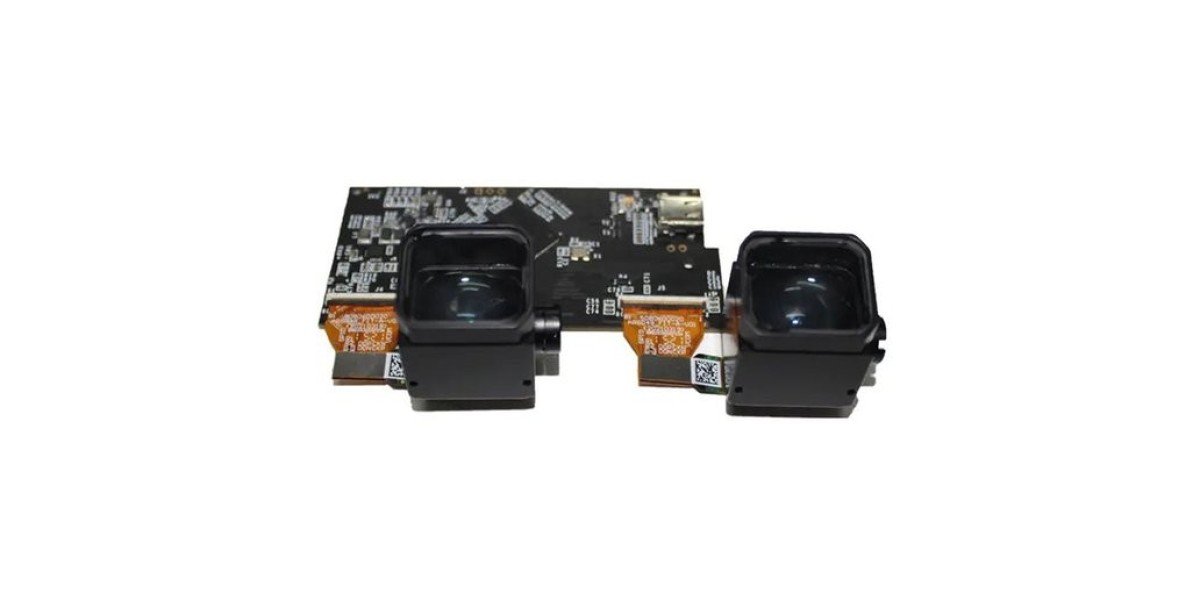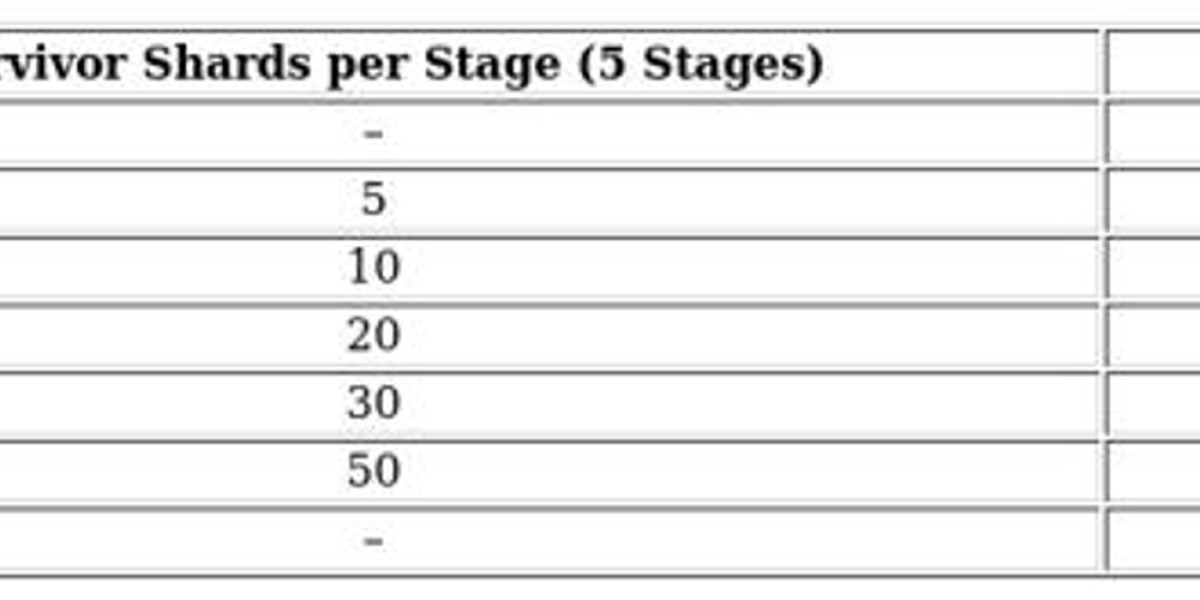In today’s world of high-speed photography and compact cameras, having a clear and responsive electronic viewfinder (EVF) is more important than ever. That’s where the EVF optical module comes in. This small yet powerful optical system is the key to delivering sharp, real-time visuals in digital cameras, camcorders, and even AR/VR headsets.
In this blog, we’ll take a simple look at what an EVF optical module is, how it works, and why it’s so useful in the world of imaging and optical display systems.
What Is an EVF Optical Module?
An EVF optical module (Electronic Viewfinder module) is an integrated optical system that includes lenses and components designed to work with a micro-display, such as OLED or LCOS. It gives users a real-time digital image of what the sensor sees, replacing the traditional glass viewfinder found in old-style cameras.
The purpose of the EVF is to help the user frame, focus, and preview shots more accurately. The module enhances this by making the display image appear as if it were optically larger and clearer, even in a small space.
How Does an EVF Optical Module Work?
Inside an EVF optical module, a small screen shows the digital view of what the camera sensor sees. A lens system magnifies this image and directs it to the user's eye. The EVF optical module ensures that the view is sharp, correctly aligned, and comfortable for the human eye.
It often includes:
Aspheric lenses – For sharp and distortion-free images
Coated optics – To reduce glare and improve contrast
Eyecups or housing – For light blocking and comfortable use
By combining these features, the EVF module delivers high-quality, real-time visuals that help users capture better images and video.
Why Use an EVF Optical Module?
There are several key advantages of using an EVF optical module:
High Accuracy – What you see is exactly what the sensor captures.
Better in Bright Light – Works well even under strong sunlight.
Compact and Lightweight – Ideal for small cameras and wearable devices.
Faster Framing and Focusing – Essential for sports, wildlife, or action photography.
Energy Efficient – Optimized for portable and battery-powered devices.
These features make EVF modules a favorite for both professional and casual camera users who want clear and immediate feedback.
Where Are EVF Optical Modules Used?
EVF optical modules are commonly found in:
Mirrorless Digital Cameras – For real-time preview and framing.
Camcorders – For smooth video monitoring.
Wearable AR/VR Devices – As part of the display system.
Smart Helmets and Industrial Displays – For high-contrast, compact viewing.
Medical Imaging Equipment – Where accurate visual feedback is critical.
With the rise of mirrorless and compact imaging systems, EVF modules are becoming more important than ever.
Conclusion
The EVF optical module is a smart and compact solution that improves how we see and capture the world through digital devices. Whether you're a photographer, filmmaker, or engineer working with imaging systems, a good EVF module can enhance both clarity and performance. It's a small part that makes a big difference in real-time viewing and precision.







